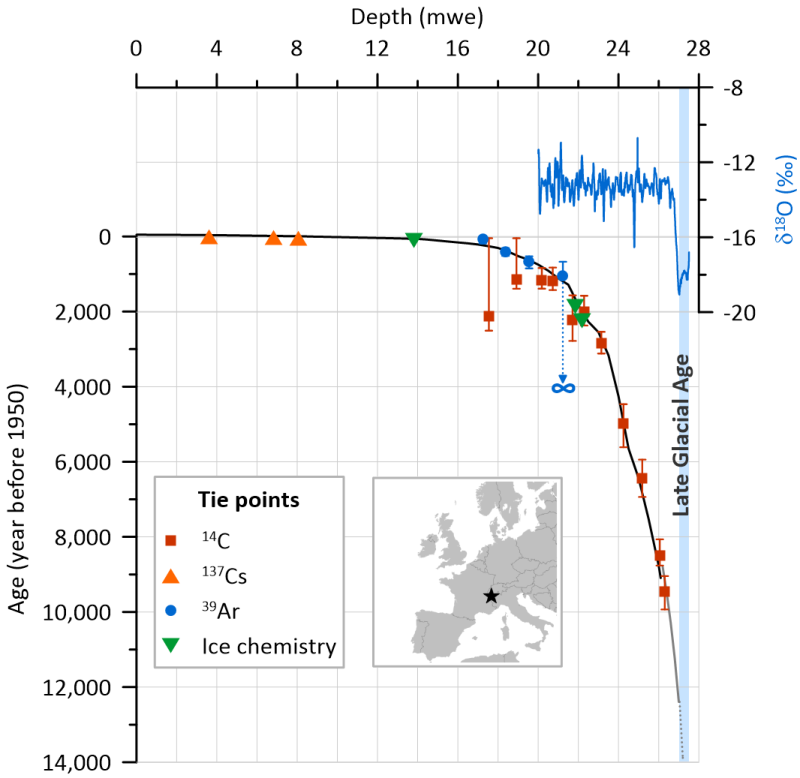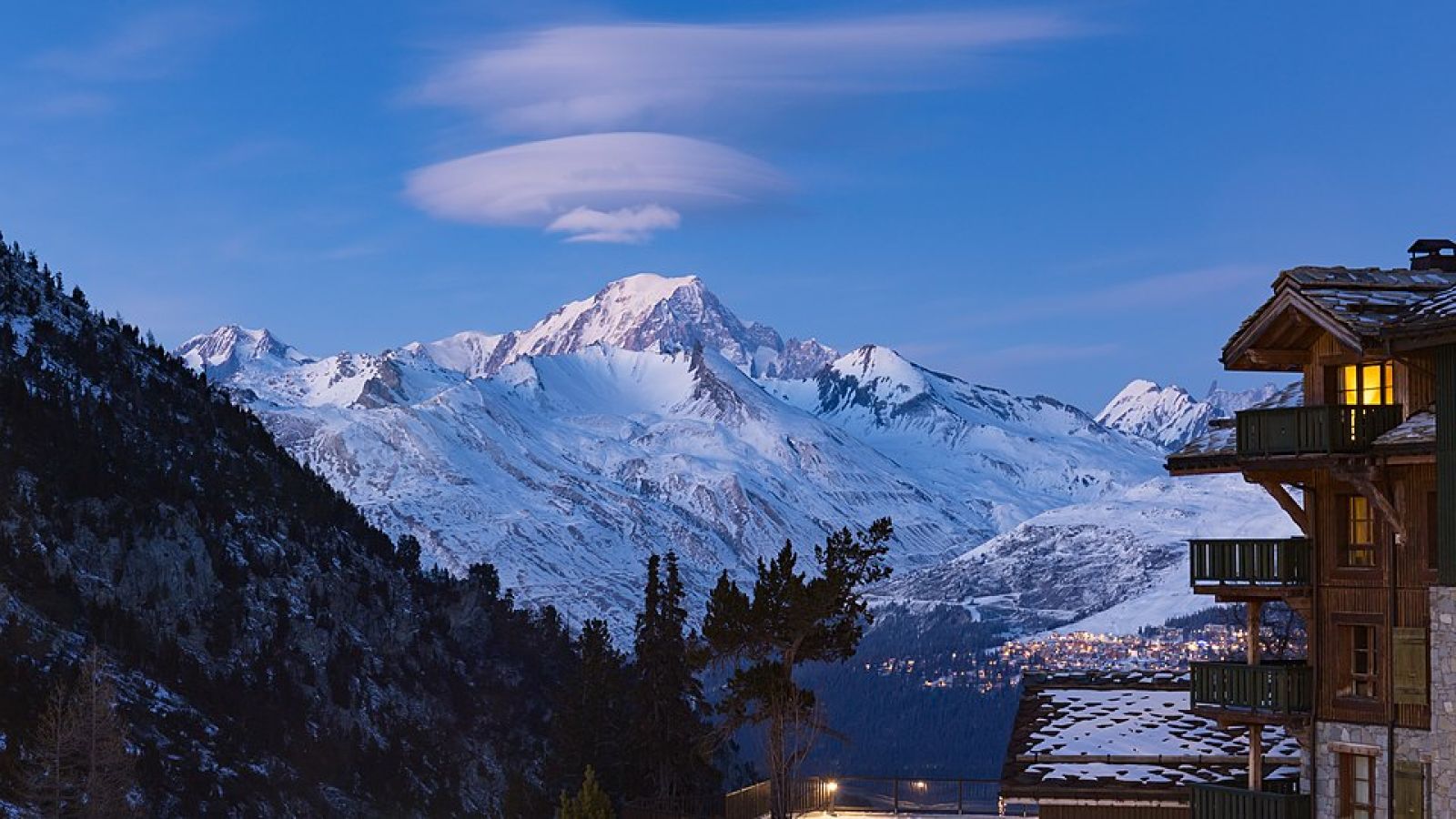Follow us on Google News (click on ☆)
These measurements of 18O and various chemical compounds come from an ice core drilled at 4,300 m (about 14,100 ft) near the summit of Mont Blanc and dated, among other methods, using 14C. This unique archive makes it possible to document the aerosol-climate relationship outside polar regions, here in Western Europe.
Atmospheric aerosol, fine liquid or solid particles in the atmosphere, is a key player in regional climate that remains poorly understood. Ice simultaneously archives past climate and aerosols. However, until now, the study of glacial records has not allowed examination of the aerosol-climate relationship since the last glaciation, except in polar regions. This lack of data at mid-latitudes is crucial for Europe, which, in addition to climate fluctuations, experienced anthropogenic pressure well before the start of the industrial era, with changes in land use over the last millennia of the Holocene by early agricultural societies.
Carbon-14 measurement and past temperature profile
Scientists from 3 countries and 2 French laboratories (see box) identified a drilling site on a glacier in the French Alps that has archived the evolution of aerosols in Europe over the past ~12,000 years.
Unlike ice sites often located in a pass, this new drilling is situated on a flat summit, which minimizes the strong stresses due to glacier flow on ice near the bedrock, a phenomenon that disturbs the climate record beyond a few thousand years. This new ice core was dated using argon from air bubbles and the identification of lead pollution during Roman antiquity for the most recent part, by measuring 14C on organic matter and the 18O profile for the beginning of the Holocene.

Dating of the core extracted near Mont Blanc. Top: lower part of the δ18O profile attesting to the presence of ice dating from the last glaciation. Bottom: Age-Depth relationship of the core mainly based on measurements of 39Ar and 14C.
© Reference
Strong increase in marine aerosols and decrease in biogenic particle concentrations
Chemical analysis of this ice shows an increase in sea salt and dust concentrations over Western Europe during cold climate periods, which corresponds to a strengthening of westerly winds and greater dust emissions likely originating from the Sahara.
It also indicates a decrease in concentrations of biogenic particles during cold climate periods, implying a notable reduction in European vegetation cover.
